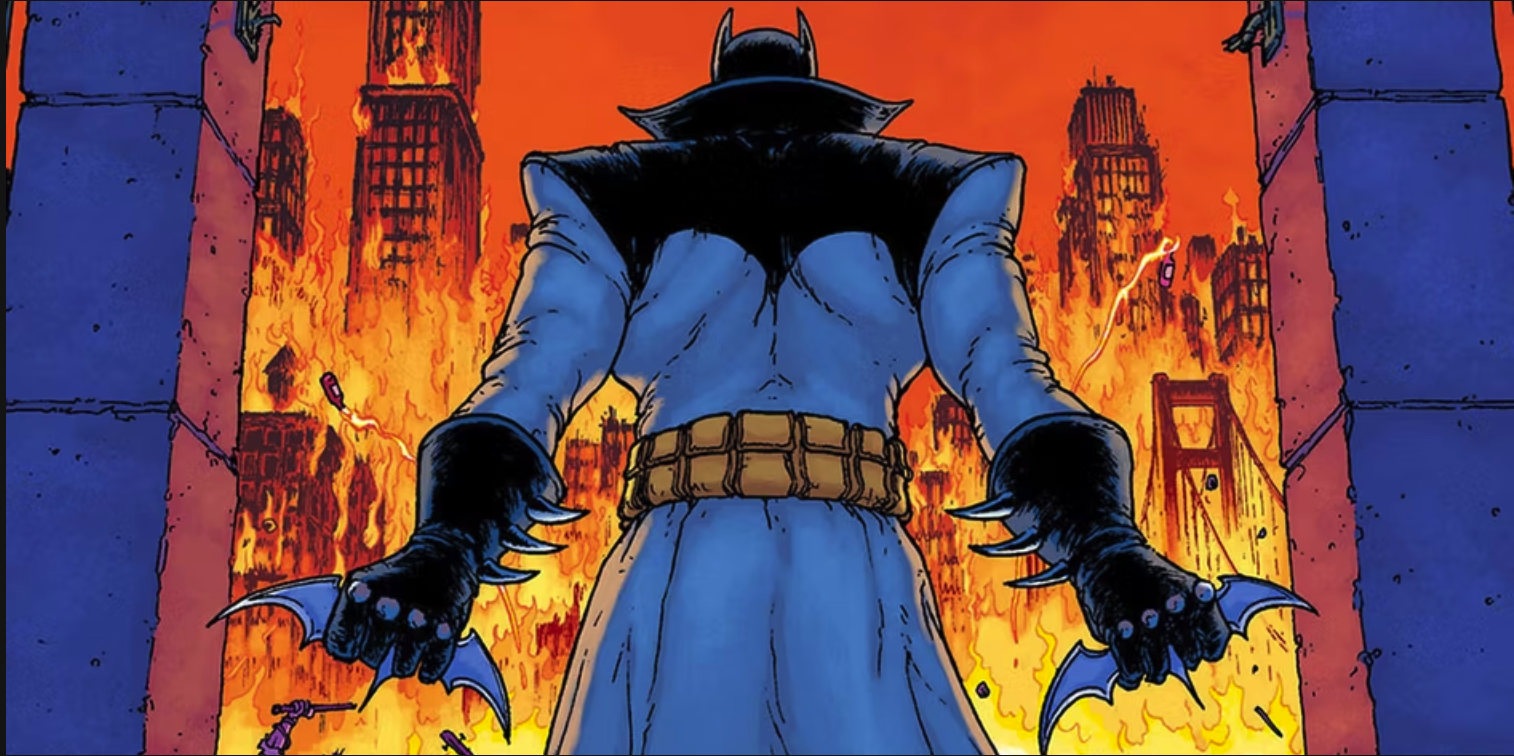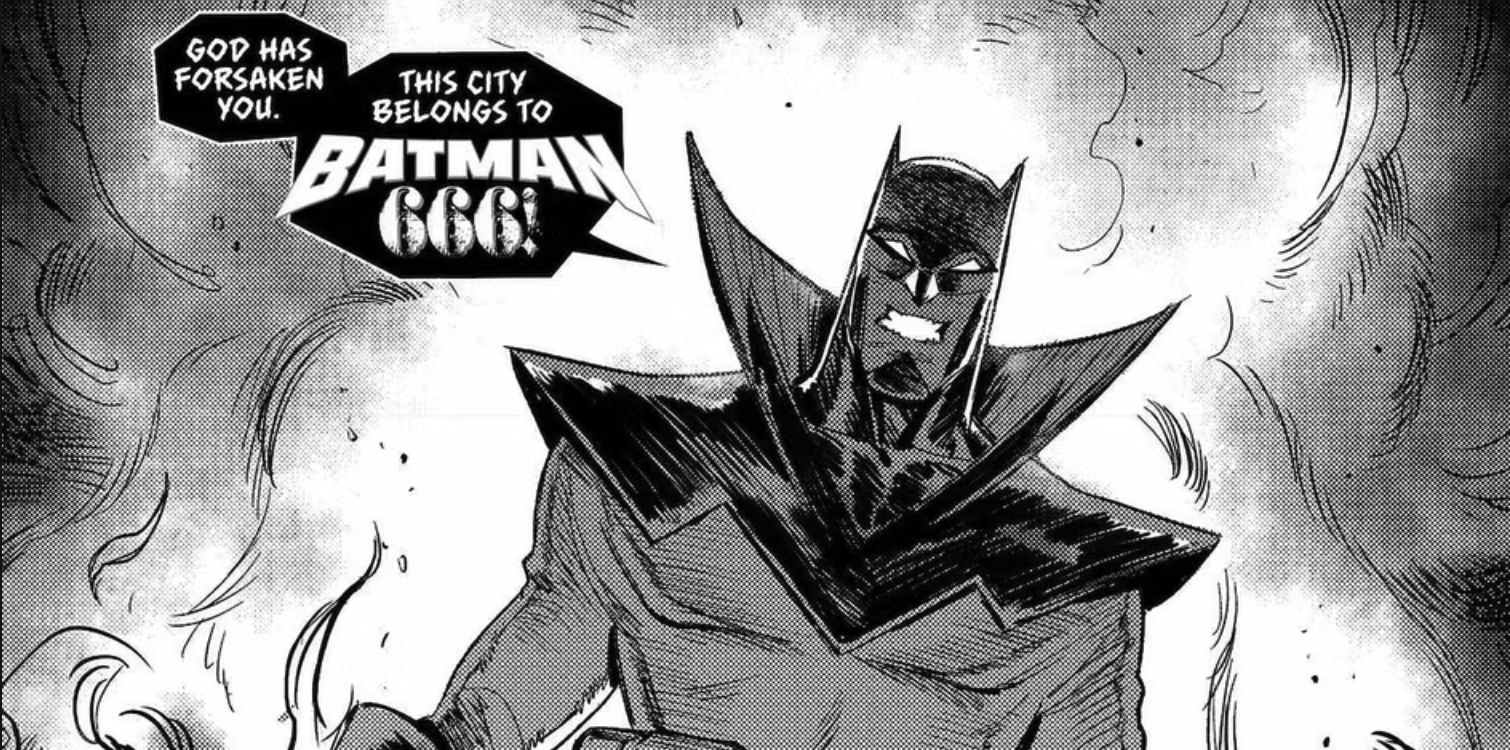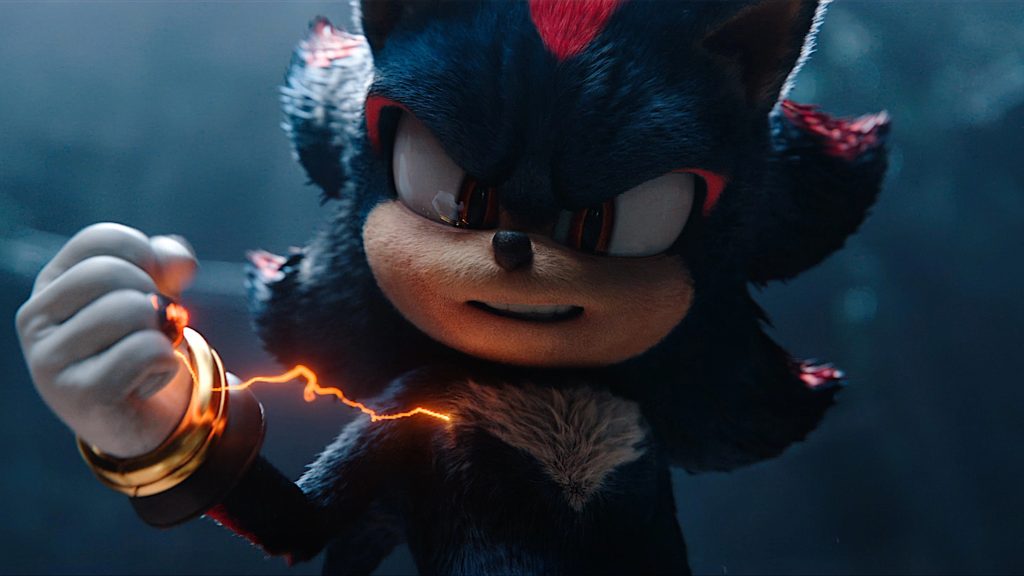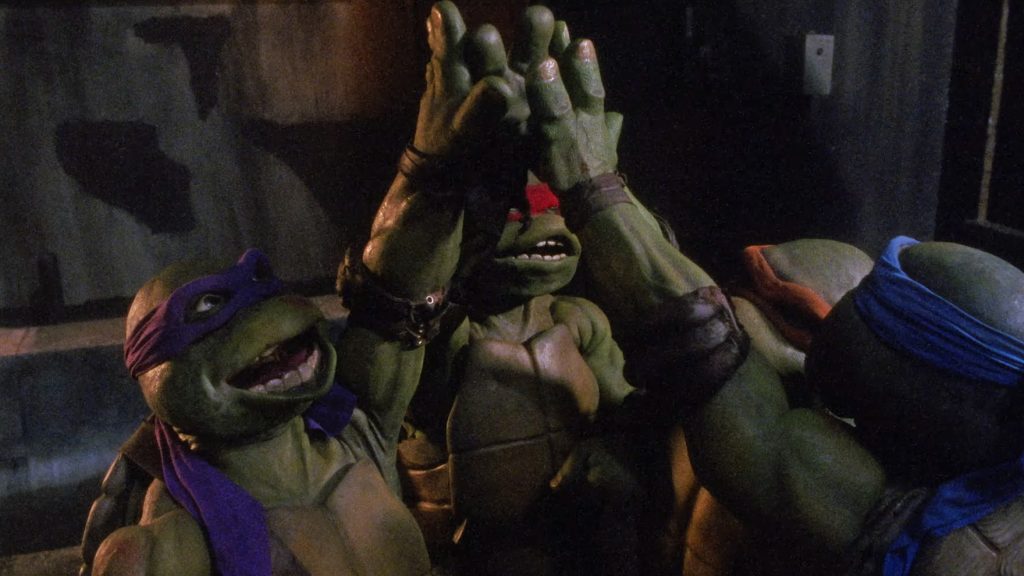The ever-fluid nature of time and fate in the DC Universe is arguably best represented by the notion of Hypertime, which provides for lots of possible futures for both its heroes and their villains. This is possibly the best example of the ever-flexible nature of time and fate in the DC Universe. However, when these outcomes are predetermined, it removes a character’s ability to respond in unexpected ways to changing circumstances.
The fact that Damian Wayne will one day become Batman 666 has been shown more and more, most recently in Future State: Gotham #14 (written by Dennis Culver, Giannis Milonogiannis, Geoff, and Troy Peteri), which lessens his possibility for development and may even determine his ultimate fate.
In Batman #666, written by Grant Morrison and illustrated by Andy Kubert, a bleak potential future for Damian was presented. In this version of events, Bruce Wayne had been killed, and Damian Wayne assumed the role of Batman in his stead. Damian made the deal with the devil to get immortality in exchange for selling his soul. He did this to ensure that Gotham City would be safe even if the rest of the world descended into anarchy and fire. Gotham was ultimately lost despite his best attempts, and he was forced to witness the city fall at the hands of Doctor Simon Hurt. Despite his greatest efforts, Gotham was ultimately lost. Since then, Batman 666 has developed into one of the de facto futures that lies in wait for Damian Wayne in a variety of alternate universes.
In recent times, this has begun to manifest itself in Future State: Gotham. In a reality in which the Magistrate has always maintained their control over Gotham City, there are currently four individuals who are competing with one another to play the position of Batman. This contains the return of Bruce Wayne, an uplifted version of Jace Fox, and an enhanced version of Dick Grayson’s intelligence. Additionally, Damian is returned and has resumed his role as Batman. In this version of events, Damian’s research into Bruce’s disappearance led him down a twisted road that eventually ended in hell. Damian eventually returned, but the experience had aged him, and he had even kept a demonic edge, which caused him to come dangerously close to losing control of himself on multiple occasions. As a result, he left himself open to being duped by Hush’s new intentions for Gotham City.
All of this demonstrates that a bleak future is almost certainly in store for Damian. He will almost certainly end up becoming a version of the Dark Knight that treads over moral lines that Batman should never cross — including murder — all in the name of safeguarding Gotham. The fact that Damian’s future was never quite known was one of the most intriguing aspects of his character; this nearly set-in-stone future of his removes that facet of his persona. Over the course of his life, Damian has matured in ways that are incomparably beyond his initial idea. He has evolved into a really selfless and dedicated hero who sympathizes with, if not actively supports, the more despicable aspects of the universe.
Because of this, his choice of whether to be a hero or embrace villainy is a truly captivating component of his character, as the outcomes of every event he is a part of have the potential to move him closer to one side of the split or the other. His efforts to establish himself as a hero are complicated by the fact that he is tempted to become a more ominous figure; nonetheless, his desire to maintain his status as a heroic figure helps to mitigate the risk of his more sinister side gaining the upper hand. However, if Damian is destined to become Batman 666, then he will no longer possess the quality of being mysterious. If Damian’s fate is predetermined from now on, the intriguing “will he or won’t he?” appeal that he has always possessed will no longer exist at all. Although it is still an intriguing possibility for the character, Batman 666 is most effective when viewed not as the most likely outcome but rather as one of several alternatives.






